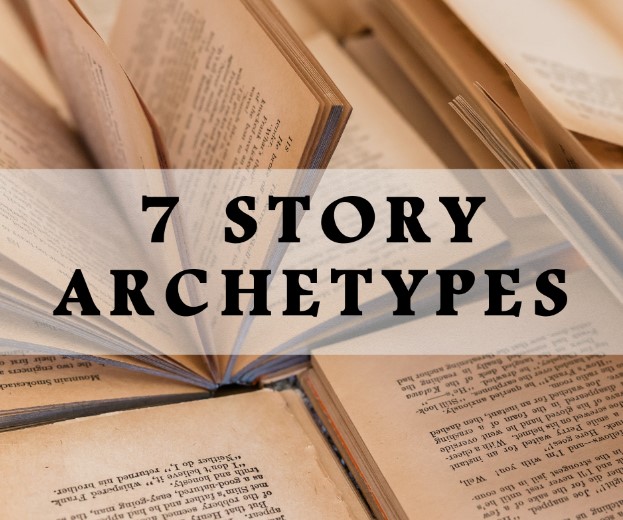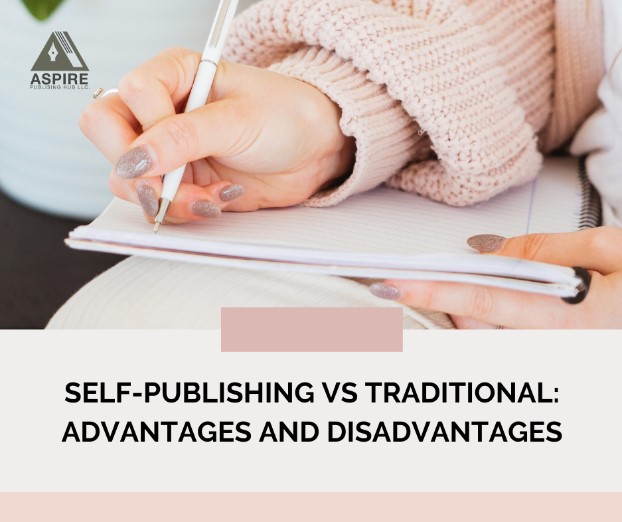An archetype is a character, action, theme, symbol, place, or situation used repeatedly in literature. It represents universal patterns of human nature and gives a story its shape.
Aside from telling helpful stories, archetypes help writers tell stories people want to read. Since archetypes are based on shared human experiences, it’s essential to know how using them can make stories that are very easy to understand.
We all have some experience with one of these seven distinct narrative lines at some point in our lives, which is why they exist. Individual characters play a significant part in the creation of how that chapter in your tale plays out in each of these types of stories.
1. Overcoming the Monster
In the legends, the hero must destroy the monster to restore equilibrium to the world. In the real world, this may be overcoming an addiction, overcoming a pervy boss, overcoming debt, overcoming disease, or anything else that requires something to be beaten for the hero to win.
2. Rags to Riches
In the stories, this is when a humble, good, but downtrodden character gets their happy ending by showing the world what they are good at.
In the real world, this applies to anyone with indisputably exceptional potential who wants to break through and achieve success. Photographers, singers, painters, and even bloggers may fall into this category.
Suppose your product or service falls into this category. In that case, you should consider playing the “Fairy Godmother” part, providing the hero with just enough to get to the right place at the right time.
3. The Quest
The hero, frequently joined by sidekicks, travels in search of a valuable treasure, must confront evil, and overcome formidable challenges. The story concludes when he obtains both the glory and the girl.
In “Quest” stories, our hero often faces a range of seemingly unrelated problems. In the current world, this is the narrative of almost every first-time entrepreneur.
If your ideal reader is on “The Quest,” unlike “Rags to Riches,” you’re in it for the long haul. Suppose your story is intended to be a long-term tool that can be utilized along the way or a continuing companionship. In that case, you should look to ensure that your story can withstand the test of time and that you will overcome any odds with your readers, no matter how intimidating they may seem.
4. Voyage and Return
Stories about ordinary people thrown into weird and alien worlds must find their way back to everyday life. Alice in Wonderland and Cast Away are two examples.
There are two ways to interpret this in the real world. If your ideal consumer travels frequently, your products or services can help them. Another approach is to support your customer when they get to their destination.
5. Comedy
Not in the “Haha, that’s amusing” sense, but in the Shakespeare sense. Before the hero and heroine can fall in love, they must get past some uncertainty in the plot.
Your customer can’t seem to get out of their way in the real world. They continually get themselves into one misadventure after another and may use some guidance to get back on track. It’s aggravating for the customer, but it can be rather amusing when you stand back and listen to everything they’ve been through.
6. Tragedy
Generally, the results of human overachievement and egoism
This category’s stories are usually self-evident.
Unfortunately, there must also be a market for this in the real world. Because this is so obvious, it’s easy to spot when a reader is going through a tragedy.
7. Rebirth
This story archetype almost always includes a threatening shadow that appears to be successful until a series of fortunate circumstances lead to redemption, rebirth and the restoration of a happier world. “A Christmas Carol” is the best example in which Scrooge must change his ways to be loved and positively impact the world around him.
In the real world, as in “A Christmas Carol,” your readers may not even realize there is a problem until you show them how horrible their actions may be.
They may have neglected the problem by first casting a spotlight on it and hammering out the realities of what will happen if it isn’t corrected. The “Rebirth” method shows people how their actions can become a severe disadvantage in their lives.
The reality is that rebirth is frequently at the start of epic experiences like “The Quest,” “Rags to Riches,” or even “Voyage and Return.”
Once the “Rebirth” tale is launched, everything else becomes easier since people are more open to long-term change.
Recognize these archetypes and consider where your consumers are in their lives right now. Knowing where they are can help you improve your involvement in their lives and further define how you can assist them on their journey.



